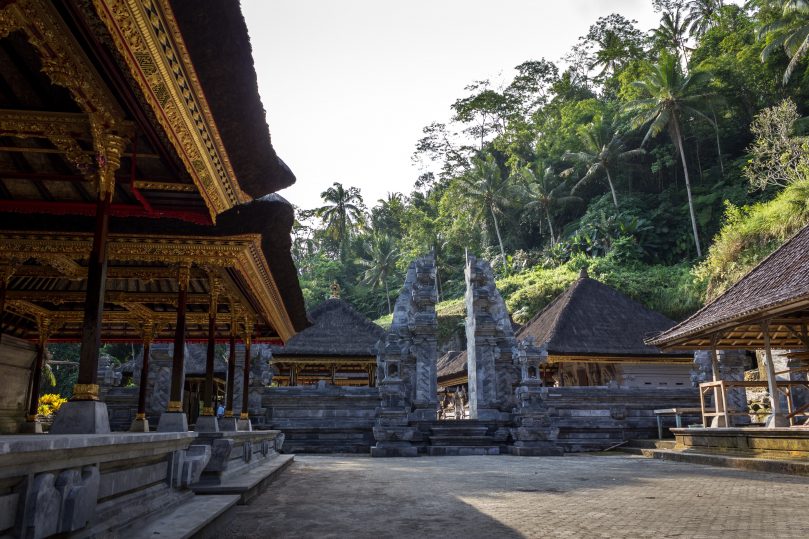Zengetsu, a Chinese master of the T’ang dynasty, wrote the following advice for his pupils:
Living in the world yet not forming attachments to the dust of the world is the way of a true Zen student.
When witnessing the good action of another encourage yourself to follow his example. Hearing of the mistaken action of another, advise yourself not to emulate it.
Even though alone in a dark room, be as if you were facing a noble guest. Express your feelings, but become no more expressive than your true nature.
Poverty is your treasure. Never exchange it for an easy life.
A person may appear a fool and yet not be one. He may only be guarding his wisdom carefully.
Virtues are the fruit of self-discipline and do not drop from heaven of themselves as does rain or snow.
Modesty is the foundation of all virtues. Let your neighbors discover you before you make yourself known to them.
A noble heart never forces itself forward. Its words are as rare gems, seldom displayed and of great value.
To a sincere student, every day is a fortunate day. Time passes but he never lags behind. Neither glory nor shame can move him.
Censure yourself, never another. Do not discuss right and wrong.
Some things, though right, were considered wrong for generations. Since the value of righteousness may be recognized after centuries, there is no need to crave immediate appreciation.
Live with cause and leave results to the great law of the universe. Pass each day in peaceful contemplation.
Photo by Himanshu Singh Gurjar on Unsplash
View All 101 Zen Koans









